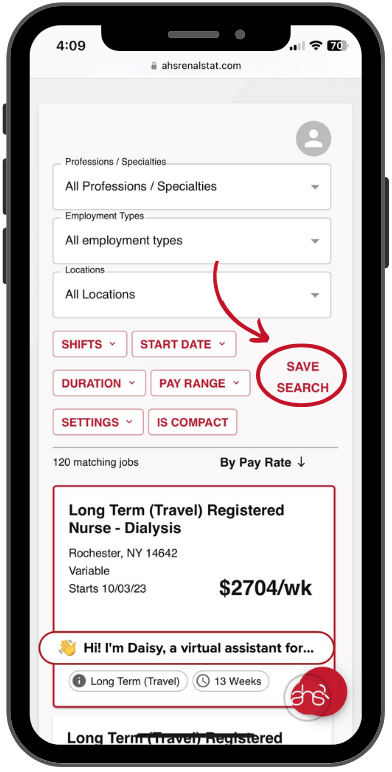The number of patients needing dialysis after major elective surgery has tripled since 1995, a Canadian study suggests.
Severe acute kidney injury needing dialysis is a serious complication that is on the rise, harming survival and quality of life, researchers say in Monday’s issue of the Canadian Medical Association Journal.
A man forms his hand in the shape of a heart over scars from heart surgery. More elective heart surgery patients are showing acute kidney complications. (Charles Rex Arbogast/Associated Press)
For the study, researchers reviewed data on 552, 672 patients in Ontario who had elective major surgery in the province between 1995 to 2009 to understand trends in dialysis. Of these patients, 2, 231 received acute dialysis within 14 days after surgery. The incidence increased from 0.2 percent in 1995 to 0.6 percent in 2009.
The surgeries included heart bypasses that didn’t require emergency treatment, as well as other elective procedures like treating ballooning of the aorta — the major blood vessel supplying the legs — which may not cause symptoms but risks rupturing.
“We see the rates are going up but when someone develops this complication what is their prognosis?” asked kidney specialist Dr. Amit Garg of London Health Sciences Centre, one of the lead authors of the study.
“So unfortunately, when someone develops the complication and is sick enough after surgery to need dialysis, 40 per cent will unfortunately have died at 90 days. So it’s a very high risk of death in patients who develop this complication. And in those who survive 90 days, one fourth are now left with permanent kidney failure needing ongoing maintenance dialysis and those outcomes haven’t changed in the last 15 years.”
For survivors who need dialysis long term, it can mean having to go for treatment three times a week.
Garg said the the paper aims to raise awareness of an important issue.
Older patients and weak kidneys
“It’s serving as a call to action for us to work on testing strategies to prevent this from occurring and when it does occur, preventing people from having bad outcomes,” he said.
Potential treatments being tested could include drugs and surgery, as well as changes to health services.
It’s reasonable to assume that older, sicker patients may be higher risk of acute kidney injury, the researchers noted.
In particular, people who already had weak kidneys before the surgery were at highest risk, said Garg, who is also a professor of medicine and epidemiology at Western University, a scientist at ICES and a nephrologist at Lawson Health Research Institute.
Those with high blood pressure or diabetes were also at greater risk of suffering the kidney complication.
To conduct the study, Garg’s team used three linked databases on hospital admissions and discharges, which included information on diagnoses and procedures performed as well a physician billing database and vital statistics.
“Worldwide, that means each year there’s about a million people who require acute dialysis after major surgery,” Garg said.
The researchers weren’t able to tell if the thresholds for starting dialysis changed over the course of the study and the team did not have access to the patients’ lab test results.
If someone had more than one admission to hospital during the study period then only the first one was analyzed to avoid selecting surgeries besides the first, elective one. ~cbc.ca~


